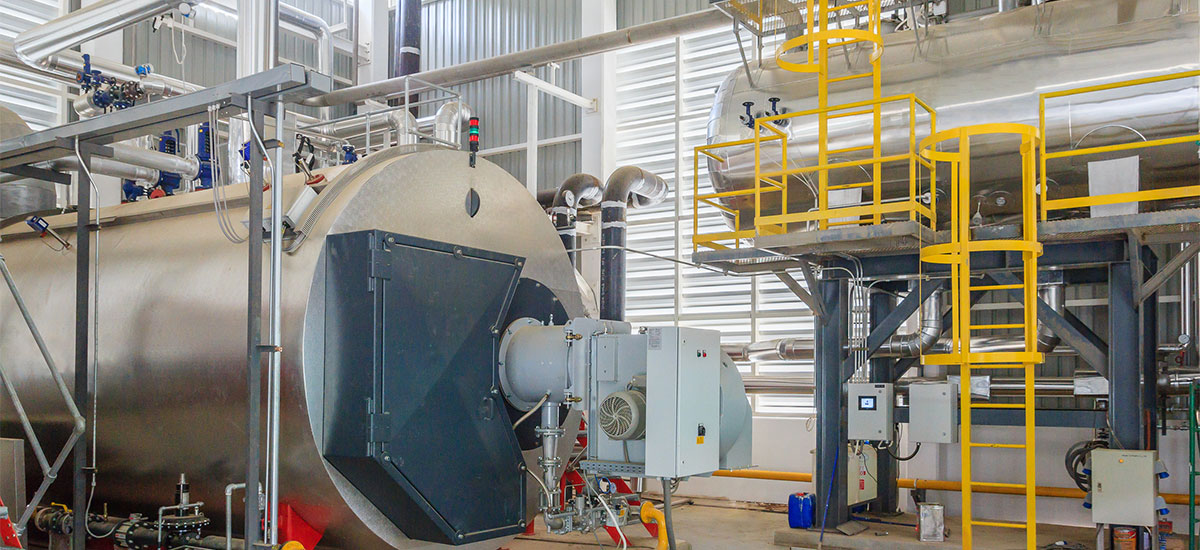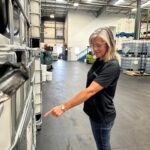
Organic Oxygen Scavengers: Understanding Common Varieties
Organic and inorganic oxygen scavengers decrease or remove the level of oxygen in the water by reacting with the dissolved oxygen in the water. This reduces the accelerated corrosion caused by the presence of oxygen in a high heat environment.
It’s important to note that not all scavengers are created equal. The differences among them can be significant in terms of effectiveness, temperature ranges, cost, reaction time and type of systems where they can be utilized.
When selecting an oxygen scavenger for your boiler system, there a few things to consider helping narrow down your search: whether you need an organic vs. inorganic or volatile vs. non-volatile. The selection of organic vs. inorganic greatly depends on the pressure of the system you have, so be sure to consider that as well.
In general, organic scavengers are carbon-based, meaning a compound whose molecules contain carbon atoms. Organics tend to be, but are not always volatile; meaning once they go into a boiler, they volatilize (become a vapor) and go out in the steam.
Let’s look at some of the most commonly used organic oxygen scavengers to help determine which is right for a particular boiler system.
Erythorbate salts
- Are organic, non-volatile oxygen scavengers
- Have a reaction time is close to that of sulfite
- Minimally contribute to the TDS of the feedwater
- Cost competes favorably with that of sodium sulfite in low-cycle systems with preexisting deaeration
- Are USDA and FDA approved, without restrictions
- Safest and least regulated of the reducing agents
- In high pressure boilers it degrades to carbon dioxide and water
Carbohydrazide
- A volatile, organic scavenger
- Has many of the same properties as Hydrazine (an inorganic oxygen scavenger often used in high-pressure systems)
- Release of more dangerous hydrazine vapors is greatly diminished
- Not currently subject to restrictions (i.e. OSHA) and not classified as a carcinogen
- Slower reaction time versus Hydrazine
Diethylhydroxylamine (DEHA)
- A volatile, organic scavenger
- Has a lower toxicity during handling compared to other volitale oxygen scavening materials, making it ideal for low- and medium-pressure systems
- Efficient metal passivator in feedwater and condensate systems; but
- Has a poor reaction time in feedwater with no FDA or USDA approval
- Produces volatile, organic acids, meaning some additional feedwater solids are produced
Hydroquinone
- A volatile, organic oxygen scavenger
- Can be used as a catalyst or as a lone scavenger
- Suitable for attemperating applications
- Produces a rapid reaction at high feedwater temperatures=
- Extremely toxic scavenger and not well understood in high-pressure systems
- No USDA or FDA usage allowed=
- Will also reduce iron and copper oxides throughout a boiler system
To learn about more oxygen scavengers, check out our post on inorganic scavengers.
Download our dissolved oxygen control guide for an overview of how we use these chemicals in boiler systems



